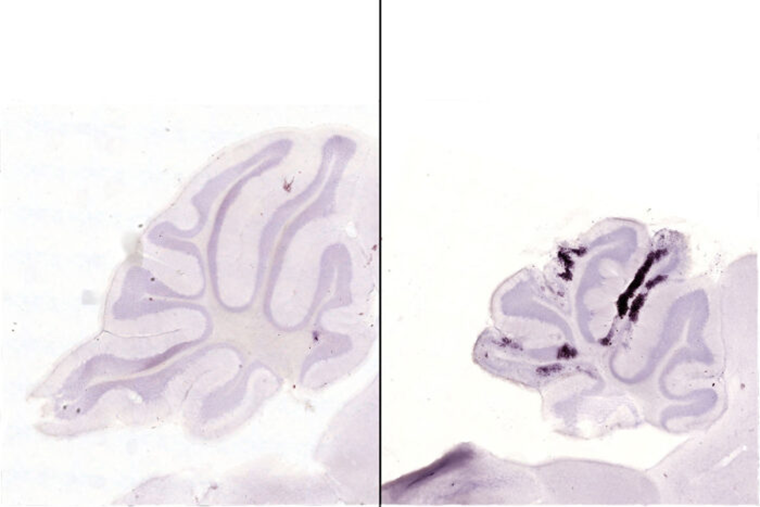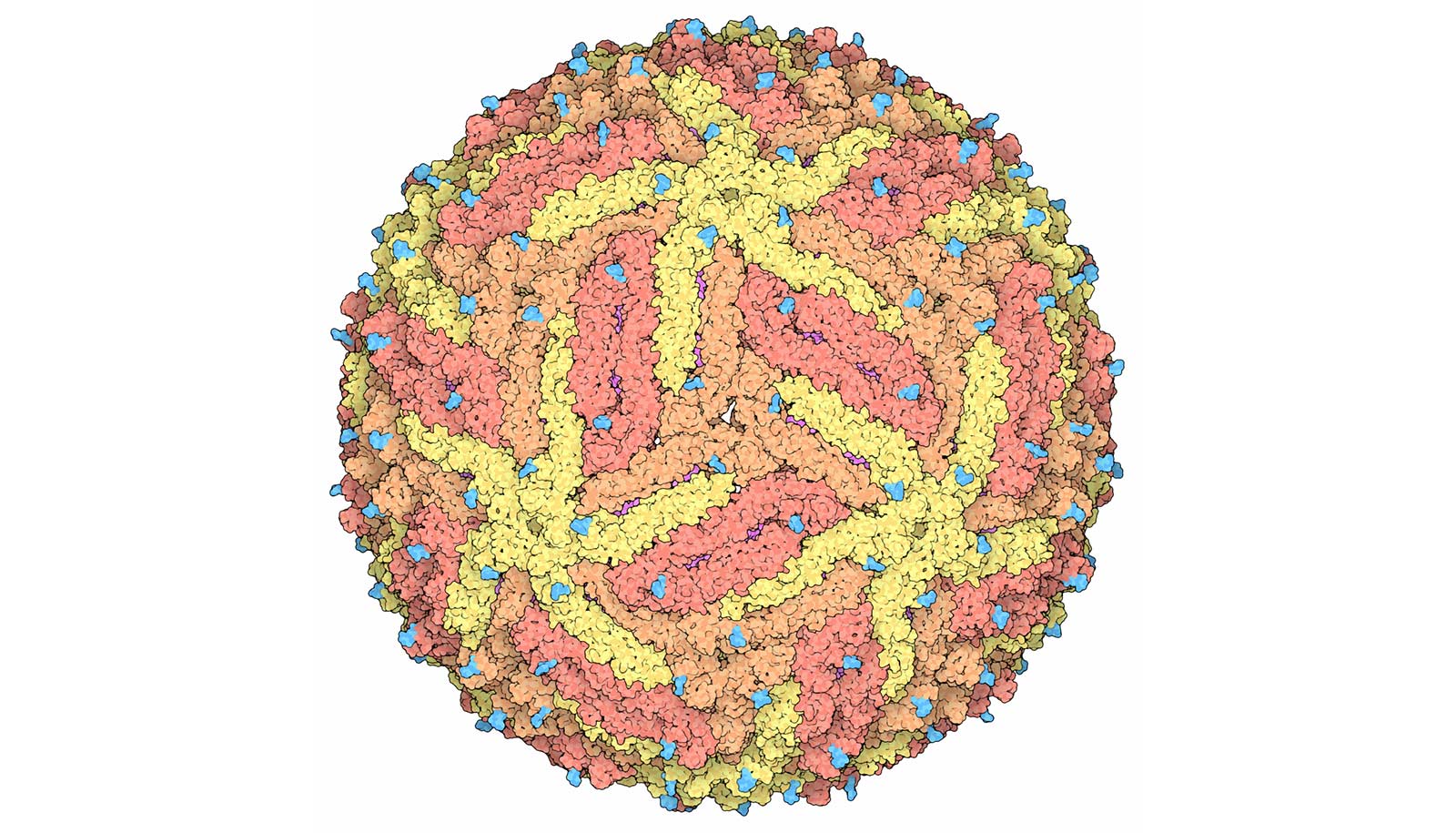
Jusikelly da Silva holds her daughter Luhandra, who was born with microcephaly. Luhandra wears specially designed glasses on December 13, 2016 in Recife, Brazil. (Credit: Mario Tama/Getty Images )
Why did Zika start causing microcephaly in Brazil?
More than 1,600 babies were born in Brazil with microcephaly from September 2015 through April 2016 due to Zika virus. Why is the Paraíba strain so harmful?

The strain of Zika virus circulating in the northeastern Brazilian state of Paraíba in 2015 was particularly damaging to the developing brain, report researchers.
More than 1,600 babies were born in Brazil with microcephaly, or abnormally small heads, from September 2015 through April 2016 due to Zika virus. The epidemic took health professionals by surprise because the virus had been known since 1947 and had not been linked to birth defects.
As scientists scrambled to figure out what was going on, one fact stood out: 83% of microcephaly cases came from northeastern Brazil, even though there were recorded Zika infections nationwide.

The Intellectual and Developmental Disabilities Research Center at Washington University and the National Institutes of Health supported the work, which appears in the Journal of Neuroscience.
Kevin Noguchi, assistant professor of psychiatry at Washington University School of Medicine in St. Louis and the study’s senior author, speaks about the findings here:
The post Why did Zika start causing microcephaly in Brazil? appeared first on Futurity.
Share this article:
This article uses material from the Futurity article, and is licenced under a CC BY-SA 4.0 International License. Images, videos and audio are available under their respective licenses.


